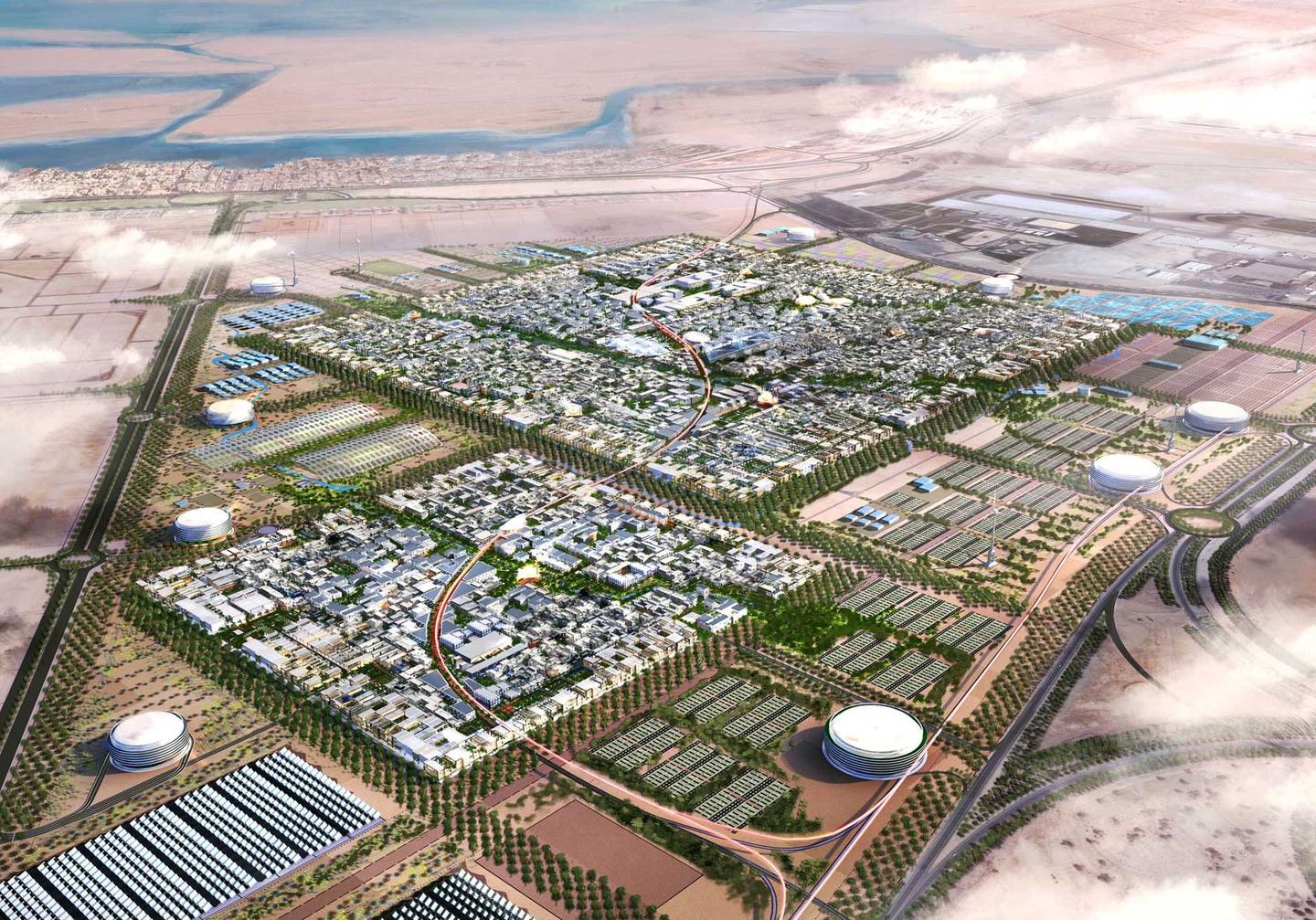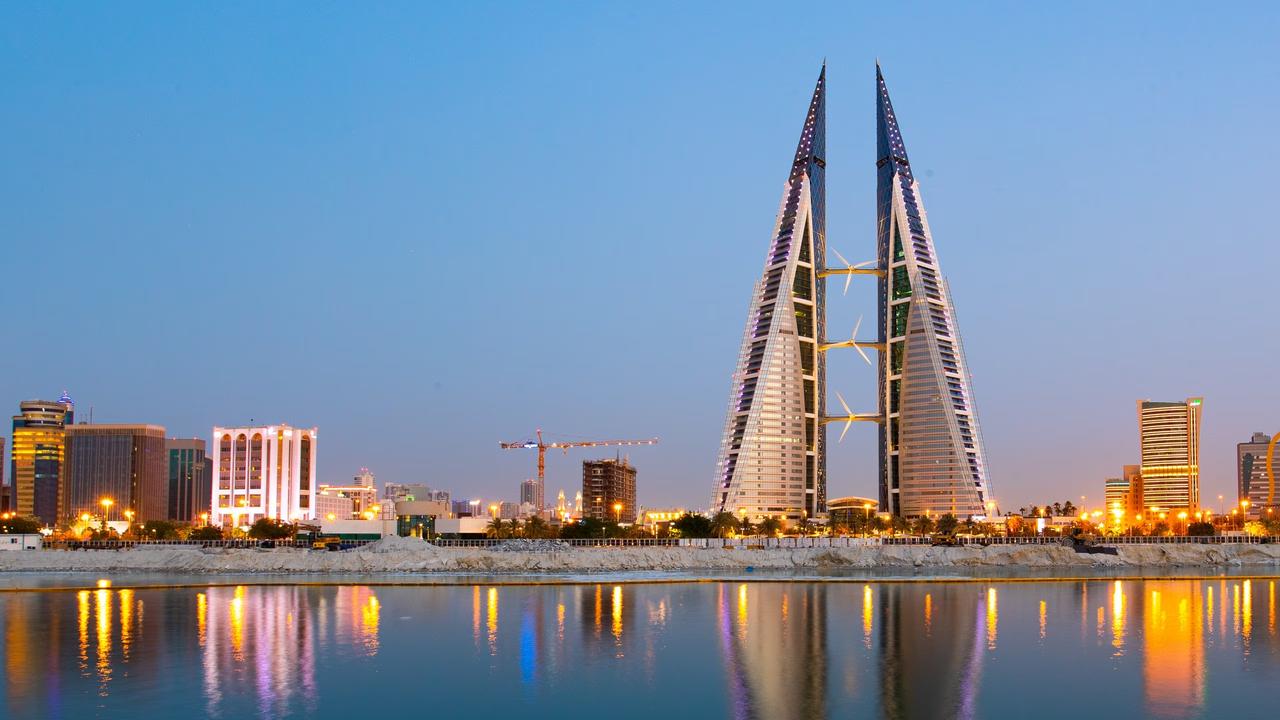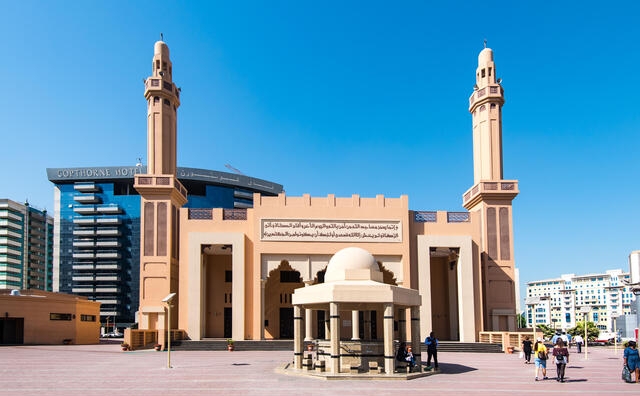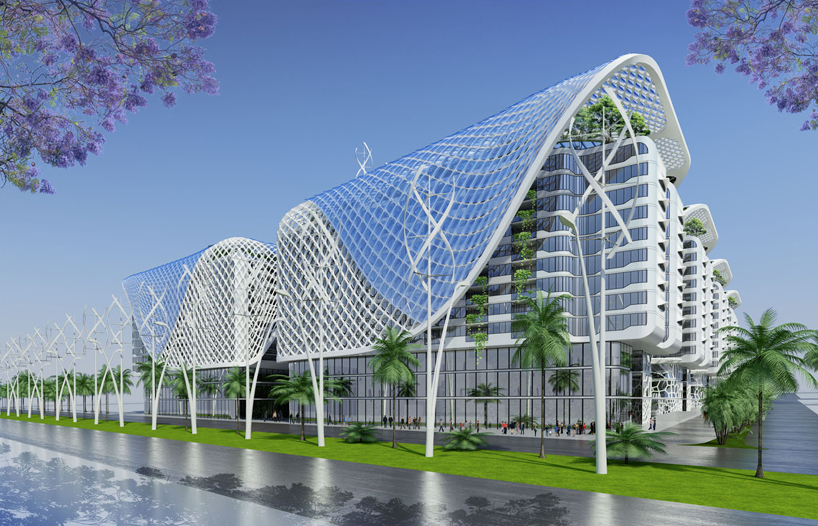
With the development of architecture, and countries beginning to rely on alternative energy in order to preserve the environment, interest in green architecture has become an essential part of preserving human life by improving the surrounding environment, by reducing energy consumption in various fields, at a time when it occupies the Middle East region. A distinguished position in the number of green projects being built there, in light of the Arab countries keeping pace with global development at the urban and urban levels.
King Abdullah University of Science and Technology
King Abdullah University of Science and Technology was considered the largest project in the world to obtain the LEED rating when it was established in 2010, which is the classification for buildings that preserve the environment. The entire project area reached 5.5 million square feet, with 27 buildings. building.
The university was also able to obtain this classification, due to its employment of many recycling and clean energy technologies. It includes a treatment plant for the water it completely consumes, where the treated water is pumped back to the university buildings again to be used for various purposes, such as irrigating plants, and many other purposes that are not needed. For potable water, or this water is pumped outside in an environmentally friendly manner.

Masdar City
With the United Arab Emirates ranking eighth among 150 countries on the list of countries that guarantee environmentally friendly buildings, the Masdar City project is one of the most important constructions that contributed to occupying this rank, as the project extends over an area of up to 700 hectares, and is currently being developed in several phases. It is expected to be completely completed by the year 2025 AD.
The city also currently includes a group of commercial buildings, complexes, restaurants, and other headquarters of institutions and companies, and is distinguished by the fact that it derives its necessary energy from the solar power generation station, which is considered the largest of its kind in the Middle East, with a production capacity of about 100 megawatts.

World Trade Center in Bahrain
The World Trade Center in Bahrain consists of two buildings connected to each other and extending to a height of 240 meters. It is also considered the first skyscraper in the world whose design includes huge windmills that are relied upon to generate electricity through wind energy. This center was established by the international construction company (Atkins ) . The company supplied the project with three windmills, each of which is 29 meters tall.
While the project was designed in a dynamic way that increases the speed of the wind so that energy is generated through the windmills, in addition to the fact that the building derives about 15% of its electrical energy required for its operation, through wind energy, all of this makes the World Trade Center one of the most important environmentally friendly projects in the world. Arab region.

Khalifa Al Tajer Mosque in Dubai
The Khalifa Al-Tajer Mosque was opened in Dubai in 2014 AD, and is considered the first environmentally friendly mosque of its kind in the Arab region. Its building extends over an area of 45 thousand square feet and can accommodate 2,500 worshippers. Heat-insulating materials were relied upon for its construction, and it was used The building also has double glazing coated with metal in order to block the sun’s heat from infiltrating the mosque, and this in turn contributed to reducing the energy needed to cool the mosque’s air.
At a time when solar energy is used to illuminate the external columns of the mosque and heat the water used in it, whether in the room or in other annexes of the mosque. The mosque has been provided with energy-saving lamps instead of traditional lamps. In addition, the project is relying on a control system for the air conditioning and lighting systems. And air conditioning, as it turns on automatically during prayer times, and stops working during the rest of the times.

The Gate complex in Egypt
This project is located in the city of Cairo in the Arab Republic of Egypt. This project was designed by a companyVincent Callebaut. Work began on it during the year 2014, at a cost of 4.5 billion Egyptian pounds. The complex also includes commercial spaces, hotels, and luxury apartments, in addition to 9 huge trees that direct the winds in order to obtain sufficient ventilation for all the buildings in the complex, inspired by the style of Ancient Pharaonic civilization. While the project includes photovoltaic cells to cover the roofs of buildings, as these cells cover part of the energy needed in the project, in addition to the fact that the project includes green parks and gardens to naturally insulate the sun’s heat.
